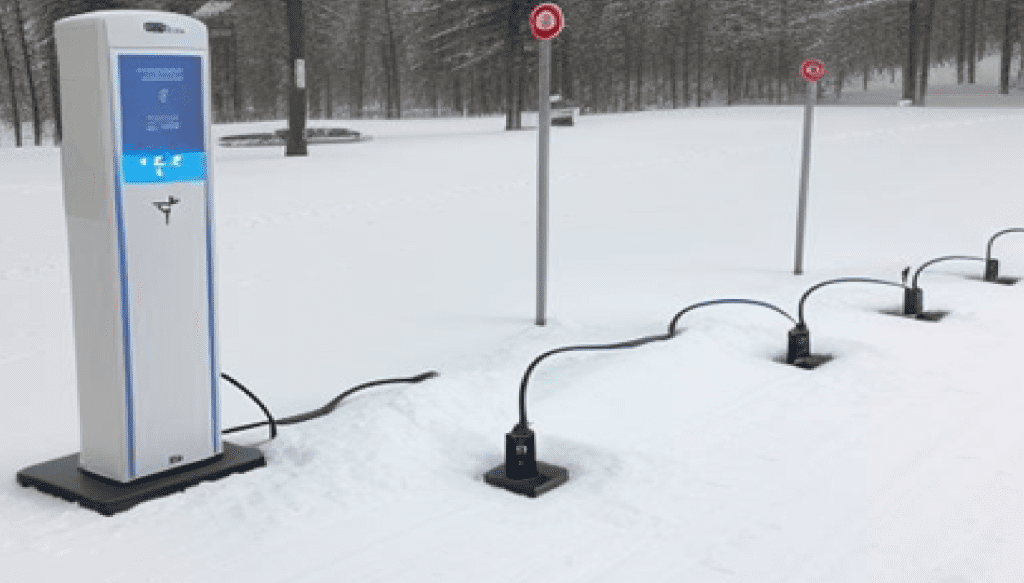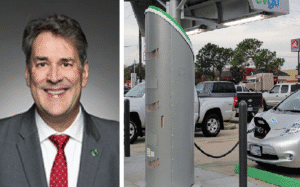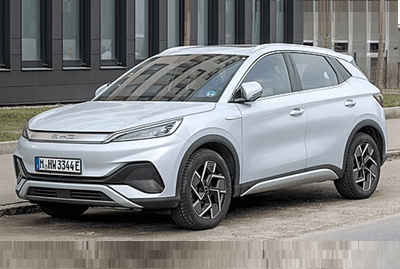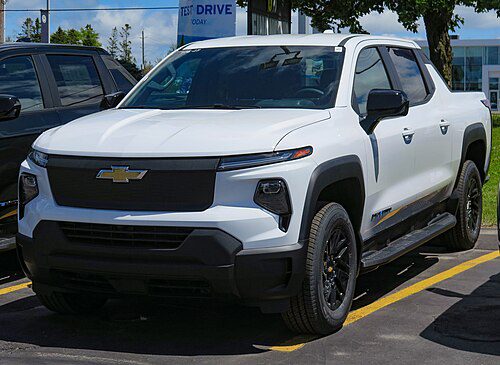Toronto, Ontario — A new method for manufacturing electric vehicle batteries could radically improve EV performance in cold climates, research from the University of Michigan study shows.
In modern EV batteries, cold temperature charging can cause the lithium plating to become damaged creating a safety hazard and reducing a battery’s total capacity. In a paper published on Joule, researcher have unveiled a new lithium-ion battery design that can charge quickly and safely at −10°C.
Today’s EV batteries rely on the movement of lithium ions through electrodes and a liquid electrolyte. This movement is inhibited somewhat in cold weather. The study proposed a design that would use two emerging technologies to allow batteries to safely and quickly charge in cold weather.
First, it uses of graphite anodes within the battery to promote the movement of ions. Second, it employs an artificial solid-electrolyte interface coating to speed up the charge transfer process between the electrode and the battery.
The researchers say the new model would allow for a 500 percent increase in charging speeds in cold weather. The method would also limit power declines over time, with batteries maintaining 97 per cent capacity after 100 charging cycles.



















